At the Dearborn Truck Plant (USA), where more than 300,000 F-150 pickup trucks - the best-selling vehicle in the US - are produced each year, Ford has just deployed two artificial intelligence (AI) systems called AiTriz and MAIVS to detect production errors immediately.
AiTriz, launched in December 2024 and named after Spanish developer Beatriz Garcia Collado, uses machine learning and live video to detect errors of just a few millimeters. Meanwhile, MAIVS, launched in January 2024, uses still photos taken from a smartphone mounted on a 3D-printed stand to confirm that parts are in the correct position.

“When the control system knows the ‘recipe’ and the vision system can check, there are useful ‘safety belts’ that make sure you put the right part in the right car,” says Jeff Tornabene, vision applications manager at Ford’s Manufacturing Development and Technology Center.
These tools help workers spot problems on the spot, before they turn into costly warranties, recalls or repairs—a direction Ford hopes to improve after leading the industry in recalls for four of the last five years.
This year, the company has recorded a record 94 recalls, mostly for vehicles built before 2023—the most in history for a major automaker in less than a year. For example, the recall of 694,271 Bronco Sport and Escape vehicles for fuel leaks cost $570 million, according to the Detroit Free Press.
“Instead of waiting for vehicles to arrive for final inspection, the system allows for better process control right at the assembly station,” said Patrick Frye, engineering manager at the Dearborn plant.
In the past, many electrical problems only showed up at the last step, requiring carpet or seat removal to fix. As cars become more and more packed with screens, sensors, and self-driving hardware, a loose connection can cause major headaches. “In noisy environments or when wearing protective gloves, you don’t always hear the ‘click’ or feel the connection,” Frye says.
Brandon Tolsma, Ford vision engineer, emphasizes that real-time results are key, saving them valuable time.
MAIVS is now available at nearly 700 stations, while AiTriz is available at 35 stations across North America. MAIVS only handles still images, while AiTriz with live video offers greater accuracy and flexibility, especially when faced with temporary occlusions.
Tolsma says that in the past, some faulty connectors passed inspection because they made basic electrical contact, but could actually come loose during operation. AI can now detect misalignments of just a few millimeters that even experienced workers would struggle to see, especially when the part is hidden by a metal frame or carpet.
Analysts are cautious. “If deployed effectively, AI could reduce recalls over the next decade, but there are no guarantees,” said David Whiston, an analyst at Morningstar.
Tornabene insists the goal is to support, not replace, human workers. As vehicles become more complex, AI will help workers assemble new sensors, chips, and processors that support Ford’s self-driving ambitions. It will also help reduce factory noise, ensuring each car is built exactly as intended.
“This is not the end. We are just at the beginning of our plan to make this technology a game changer in terms of quality,” he said.
(According to Insider)

Source: https://vietnamnet.vn/camera-ai-giai-quyet-noi-dau-nhieu-ty-usd-cho-ford-2431265.html






![[Photo] Hanoi morning of October 1: Prolonged flooding, people wade to work](https://vphoto.vietnam.vn/thumb/1200x675/vietnam/resource/IMAGE/2025/10/1/189be28938e3493fa26b2938efa2059e)



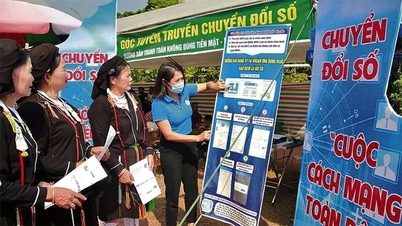
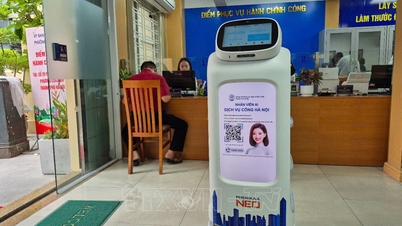



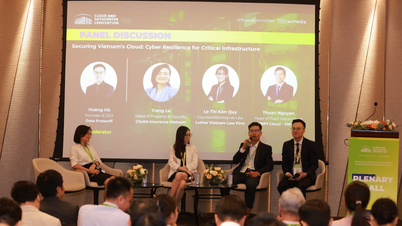

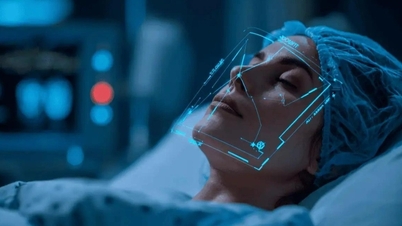

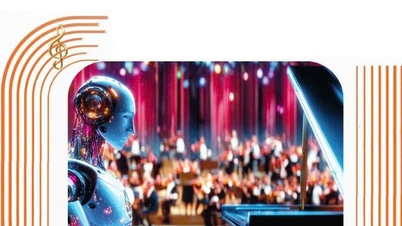
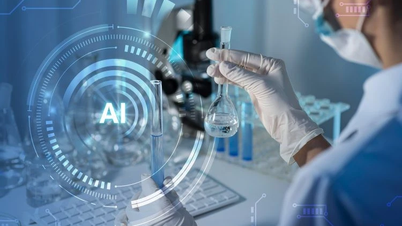














![[Photo] President Luong Cuong receives President of the Cuban National Assembly Esteban Lazo Hernandez](https://vphoto.vietnam.vn/thumb/1200x675/vietnam/resource/IMAGE/2025/9/30/4d38932911c24f6ea1936252bd5427fa)
![[Photo] The 1st Congress of Phu Tho Provincial Party Committee, term 2025-2030](https://vphoto.vietnam.vn/thumb/1200x675/vietnam/resource/IMAGE/2025/9/30/1507da06216649bba8a1ce6251816820)
![[Photo] Panorama of the cable-stayed bridge, the final bottleneck of the Ben Luc-Long Thanh expressway](https://vphoto.vietnam.vn/thumb/1200x675/vietnam/resource/IMAGE/2025/9/30/391fdf21025541d6b2f092e49a17243f)






















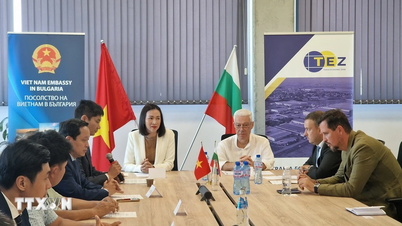
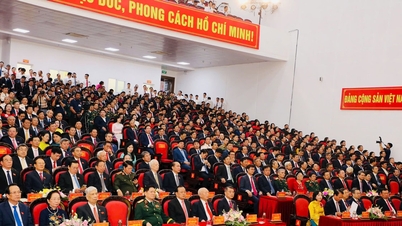










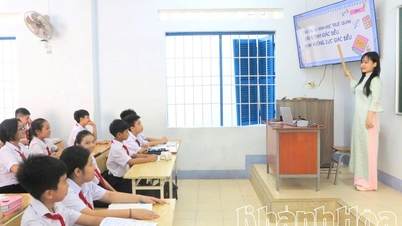

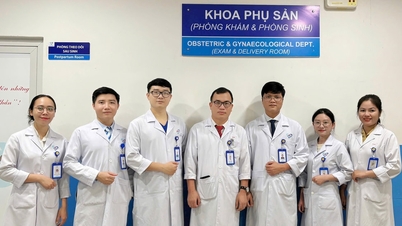

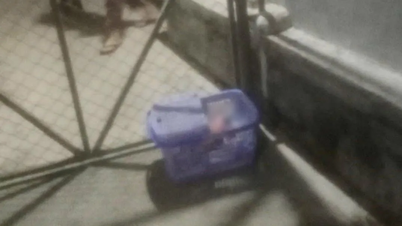




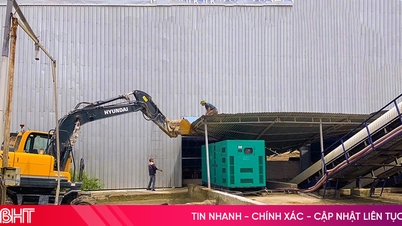















Comment (0)